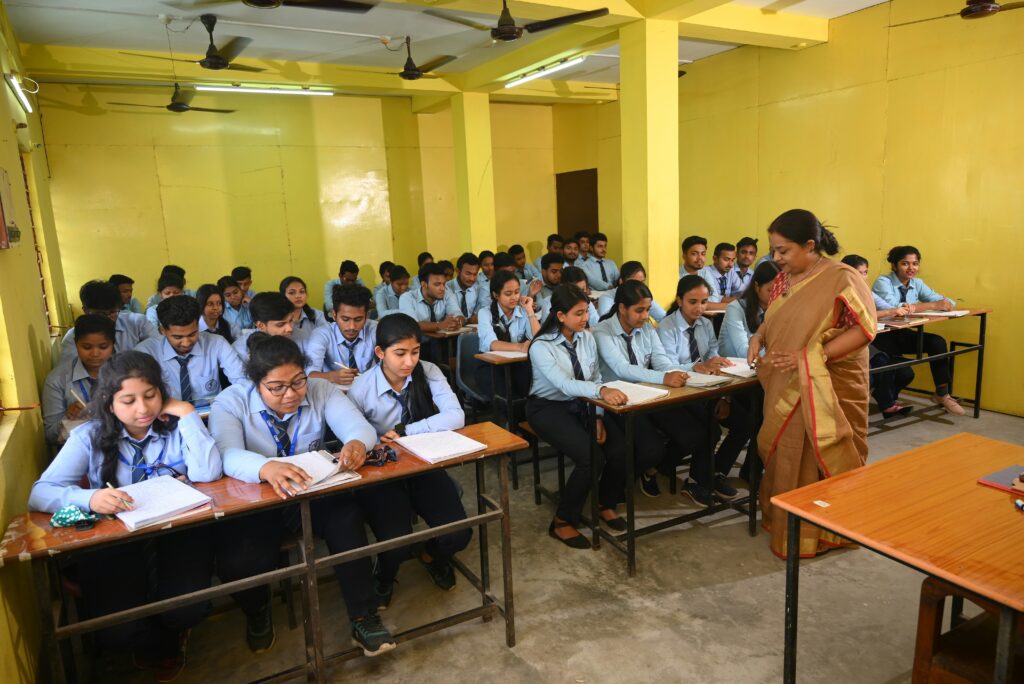The Vidyanjali scheme, a visionary initiative by the Ministry of Education, aims to bridge the gap between schools and society by inviting community participation. With India’s vast education landscape facing challenges of quality, inclusivity, and infrastructure, Vidyanjali provides an innovative platform for citizens to contribute directly to the development of schools and students. This blog dives deep into the objectives, implementation, impact, and future scope of this transformative program.
What is Vidyanjali?
Launched under the Samagra Shiksha Abhiyan, Vidyanjali seeks to connect schools with volunteers from the Indian diaspora, retired professionals, working citizens, and non-government organizations (NGOs). The goal is to leverage their skills, time, and resources to support government and government-aided schools, particularly in under-served areas.
It includes two verticals:
- Vidyanjali 1.0: Focused on volunteers supporting co-scholastic activities.
- Vidyanjali 2.0: Expanded to include infrastructure support, teaching assistance, and capacity building.

Objectives of the Visionary Vidyanjali Scheme
The Vidyanjali scheme is built around some visionary goals:
- Promote public-private partnerships in school education.
- Improve learning outcomes through holistic support.
- Involve the community in nurturing students’ overall growth.
- Mobilize volunteers, CSR funds, and NGOs for school development.
Key Features of Vidyanjali
- Flexible Volunteering: Volunteers can register through the Vidyanjali Portal and choose to assist in activities like storytelling, language learning, sports, and career guidance.
- Infrastructure Contributions: Schools can list their infrastructure needs—books, classroom repairs, digital equipment, etc.—and donors can contribute.
- Digital Interface: A user-friendly portal ensures transparency, scalability, and easy onboarding for schools and volunteers.
Achievements So Far (as of 2025)
- Over 5 lakh volunteers registered on the portal.
- More than 1 lakh schools have listed their requirements and engaged with the platform.
- Significant contributions in STEM learning tools, sports kits, library setup, and sanitation infrastructure.
- Increased school attendance and improved student enthusiasm due to interactive co-curricular engagements.
Comparison with Previous Initiatives
Earlier schemes like the Sarva Shiksha Abhiyan (SSA) focused heavily on quantitative expansion—more schools, more enrolment. In contrast, Vidyanjali is visionary in its qualitative focus, engaging society to fill the gaps in value-based and experiential education. Unlike traditional top-down models, Vidyanjali thrives on bottom-up community support.
Ministry Involved
The scheme is spearheaded by the Ministry of Education, Government of India, under the larger umbrella of the Samagra Shiksha program.
Benefits of the Visionary Vidyanjali Scheme
- Encourages collaborative governance in education.
- Helps schools become centers of community growth.
- Promotes ownership and pride among citizens for public education.
- Encourages youth and professionals to give back to society.
Challenges and the Way Ahead
Despite its promise, Vidyanjali faces hurdles such as:
- Digital accessibility for remote schools.
- Lack of awareness in rural regions.
- Need for monitoring volunteer quality and impact.
Moving ahead, increased publicity, localized training, and active monitoring can elevate the program’s reach and efficiency.
Conclusion
The visionary Vidyanjali scheme is more than a volunteer platform—it is a movement toward a more inclusive, accountable, and vibrant education system. It empowers everyday citizens to become agents of change and rekindles the societal value of collective responsibility in education.
Official Link for More Information
👉 https://vidyanjali.education.gov.in
Other Schemes:


